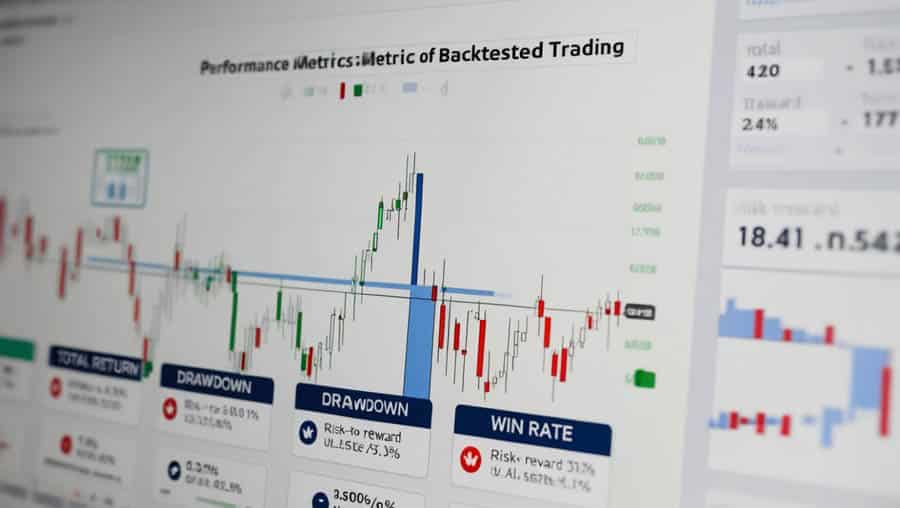Traders often seek strategies grounded in mathematics to gain an edge in the markets. The fractal indicator, based on chaos theory and fractal geometry, is one such tool. By capturing the nonlinear behavior of price movements, fractals help traders spot potential market turning points that might otherwise go unnoticed.
As a trading tool, the fractal indicator assists investors in identifying market trends and timing their buy or sell decisions. Bullish and bearish signals from the fractal indicator guide trading decisions—on a chart, these fractals appear as specific geometric shapes above or below candlesticks: fractals above usually signal bearish turns, while those below suggest bullish ones.
Chaos Theory and the Williams Fractal Indicator
Trading legend Bill Williams developed the Williams Fractal Indicator, inspired by his study of repeating market patterns and trend reversal signals. He first introduced the fractal concept in his book Trading Chaos, drawing heavily from chaos theory.
While many mathematical theories exist, traders seek those with practical application. Fractals—recurring patterns that appear across different timeframes—enable traders to profit from the inherent order in price movements.
Core Principles of Fractals in Technical Analysis
The fractal indicator is based on three fundamental principles:
- Market energy flows along the path of least resistance. For example, a falling currency pair will continue to fall until it encounters strong support.
- The path of least resistance is shaped by the market’s underlying structure.
- Even unknown market structures can be discovered and influenced through analysis.
Understanding Fractal Patterns
Fractal patterns typically appear in “V” or “U” shapes, often at market tops or bottoms, though they’re rarely perfectly symmetrical. These patterns are designed to signal trend reversals—either from bullish to bearish or vice versa.
Fractals help identify short-term support or resistance levels. A bullish fractal typically marks a support level, while a bearish fractal indicates a resistance level.
Traders usually don’t rely on fractals alone; they’re often combined with other indicators that show support or resistance. For example, daily pivot points are often used to assess the strength of reversal signals suggested by fractals.
Using the Fractal Indicator
Most charting platforms include a built-in fractal indicator, making it easy for traders to spot all fractal patterns automatically. However, one common challenge is that fractal patterns appear frequently, which can lead to overtrading or false signals.
To use the fractal indicator more effectively, it’s best combined with other technical tools—like moving averages. In an uptrend, traders might use bullish fractals as buy signals.
On charts, bearish fractals are typically marked with upward arrows, and bullish fractals with downward arrows. Day traders often combine fractals with indicators like the Market Facilitation Index, moving averages, or the Relative Strength Index (RSI). Others use fractals to confirm buy or sell signals from other systems.
Advantages of the Fractal Indicator
The fractal indicator offers traders a simple way to identify market entry points and stop-loss levels. Its benefits include:
- Easy to learn and apply
- Helps assess trend direction
- Assists in setting profit targets and stop-losses
- Highlights potential support/resistance zones
- Aids in spotting possible breakout points
Limitations of the Fractal Indicator
However, the fractal indicator has its downsides. Since fractal patterns occur frequently as part of normal price fluctuations, they can generate false signals. Also, the indicator can be lagging, especially in sideways markets, and may be hard to interpret for new users.
Some traders consider the fractal indicator outdated and caution against relying on every new fractal, as many may not signal real reversals.
Bullish vs. Bearish Fractals
- A bullish fractal suggests a possible upward reversal. It usually forms after a series of lower lows, followed by a price bounce where the new low is higher than the previous one.
- A bearish fractal points to a potential downward reversal. It forms after higher highs, then a price drop where the new high is lower than the previous one.
The fractal indicator is unique because it automatically identifies and marks price patterns. Fractals are defined by a five-bar structure, unlike general chart patterns that must be manually identified by analysts and don’t follow a fixed formation.






